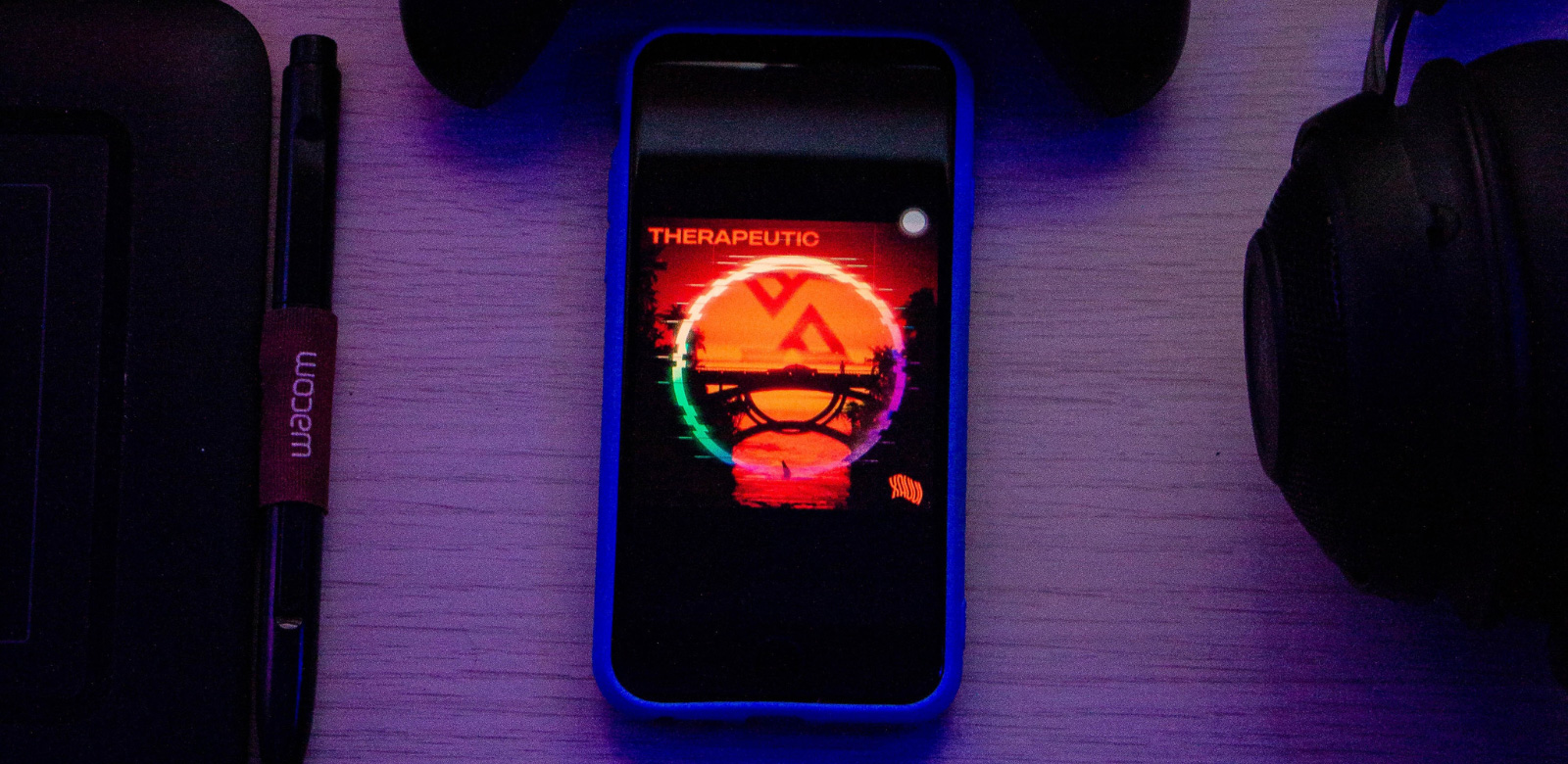Building Customer Loyalty: The Importance of Consistent Communication and Customer Experience in the Digital Age

Why should your customers even consider buying your products or services if you don’t put their experience as your top priority?
In today’s highly competitive business environment, providing a consistent customer experience has become a key difference-maker for companies looking to stand out from the crowd.
In this blog, we’ll expand on some ideas from our previous blog where we looked at “Customized Fan Experiences” and also dive deeper into benefits of providing consistent communication, and key steps in improving consistency of communication with your clients.
Whether you’re a business owner, a marketer, or a customer support specialist, understanding the importance of customer experience can help you build stronger relationships with your customers and ultimately drive business growth.
Importance of consistent communication
Inconsistent communication with clients in the digital space can be a significant issue for businesses that want to provide quality customer experience. A study conducted by Accenture, titled “Customer experience” revealed that inconsistent communication across various channels, such as social media, email, and customer support, can lead to customer confusion and frustration. This, in turn, can result in a negative perception of the business and lead to lost customers.
Here is a quote from the study that provides insight into changing landscape of consumer interactions with a brand: “61% of consumers say their priorities keep changing as a result of everything going on in the world. As a result, the way they interact with brands is evolving, and so too is the idea of customer experience.”
Challenges of maintaining consistent communication and first steps toward improvement
- Providing consistent communication is using different channels to interact with customers. Each channel has its own unique tone, format, and limitations. For example, social media platforms, like Twitter and LinkedIn, have character limits, which can make it challenging to convey a message effectively. On the other hand, email allows for more thorough communication but may not be as immediate.
To address this challenge, businesses need to adopt a cohesive communication strategy that considers the strengths and limitations of each channel. For example, a business may use Twitter to communicate shorter content or promotions, while email may be used for more detailed and personalized messages. - Clients also may have different expectations for response times and frequency of communication. A company needs to set clear expectations for response times and ensure they are meeting those expectations consistently.
To remove this bottleneck, a company can set clear and realistic response time expectations upfront: This can be done through the client onboarding process. The easiest first step (if not already taken) would be to specify working hours to when clients can either call or send an email and expect to get a response within a certain time period. A company could also provide clients with a self-service option like a knowledge base or FAQ. - Personalization: Clients may feel disconnected from a company if they receive generic or impersonal communications. A company needs to find a balance between personalization and efficiency in its communications.
You should use customer data to personalize communications: By collecting data on a customer’s preferences, past purchases, or interactions with the company, a business can tailor its messaging to the individual customer.
For instance, you can use a client’s name and the date of their last purchase to personalize the introduction of an email. This may seem like a small step but most consumers won’t even engage with your email if it’s not personalized to their needs or interests. You can also use a personalization token to automate the whole process.
We at FanApps also hold customer experience to a high standard. That’s why not only do we provide onboarding & training sessions for each of our mobile apps but also provide 12-month support so if a client has any questions we are there to make sure that our service is delivering the max amount of value. And we also have a product in development that will be a plug-and-play solution to tremendously improve the customer experience of your mobile app users with features like customizable notifications, user profiles, and point collection – exchange for rewards.
Providing consistent communication from a company to a client requires a thoughtful approach that takes into account the client’s preferences and expectations while ensuring that messages are consistent and personalized. If done correctly you can finally start focusing more on keeping existing clients than constantly worrying about attracting new ones.









